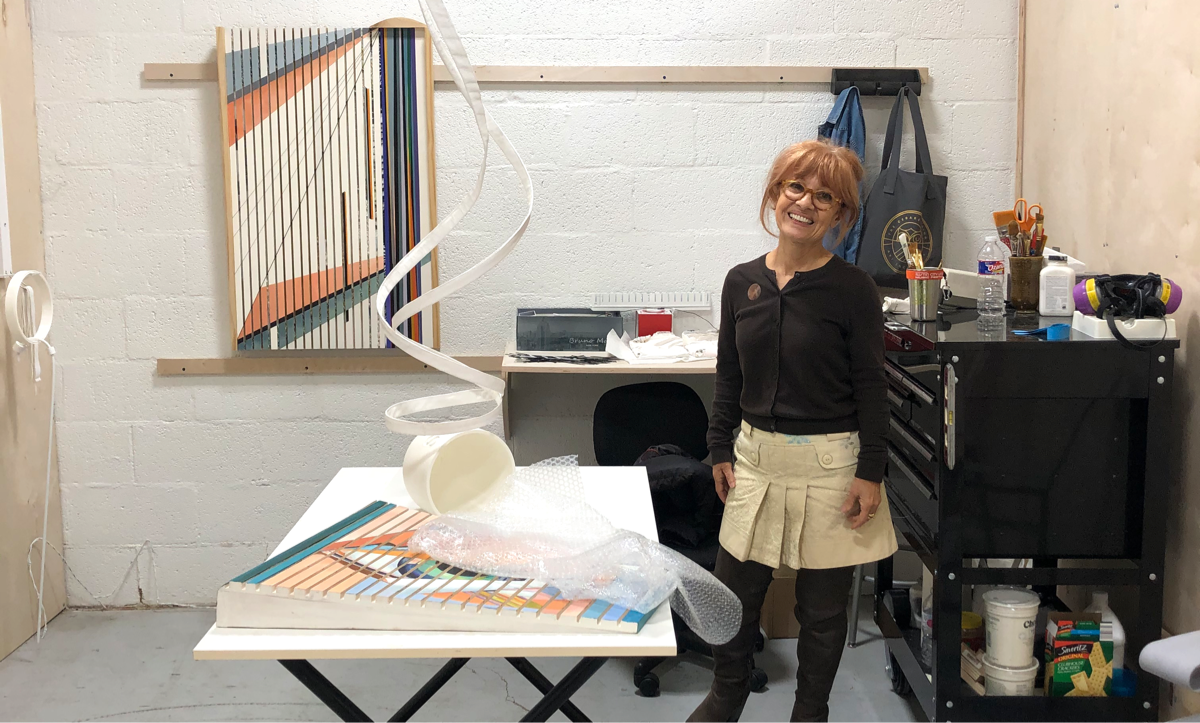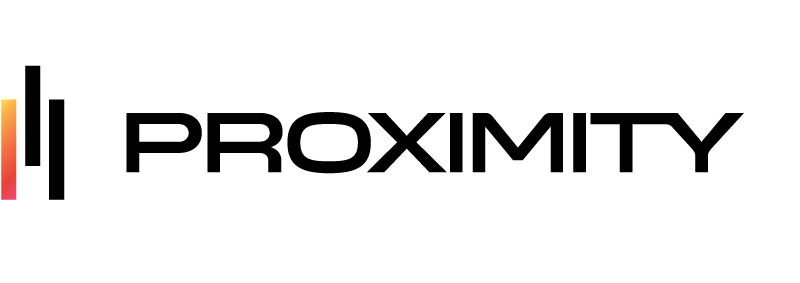The nonprofit arts incubator and artist-focused coworking space provides studios, equipment and mentorship to help members grow their careers
At The Cedars Union in Dallas, you won’t see tables of members hovered over laptops, groups circling white boards or meeting participants watching presentation slides. Instead, you’ll find a dedicated group of painters, ceramicists, new media artists and other creatives pursuing everything from woodworking to graphic design. Upcoming events include courses on how to use a vinyl cutter and 3D printer. We spoke with Adrienne Lichliter of The CU to learn more about how the coworking community of artists was formed and how they’re shaping the North Texas arts scene.
Why did you decide to open a coworking space?
The Cedars Union was born out of an idea from a brother and sister, Matt and Megan Bowdon, who both went to art and design school. After graduating, they missed their community, their access to equipment and their studios. The founders wanted to develop a space for artists, designers and makers to come together as a community, regardless of what stage they are in their practice, and to help them learn the entrepreneurial side of the art business. Especially in Dallas, they saw a need for more support for artists and wanting creatives to feel they didn’t have to move out of the area to be successful, and therefore The CU could contribute to making Dallas-Fort Worth a true arts metroplex. So, in 2015, they filed to become a 501c3 non-profit. In 2018, The Annex was opened as a proof of concept, and the first physical facility with studios, shared workspaces and meeting rooms along with features more often found in a makerspace (such as a professionally equipped wood shop and labs). The CU is also a public gathering space for programs, tours and various events.
Tell us about your space. What kinds of amenities does it have? What makes it unique?
Our space is designed to accommodate as much art production as possible in 7,000 square feet. We have a meeting room where we offer lectures with a kitchenette, tables and pinup walls. This room connects to the Fab Lab, which is outfitted with worktables, a printmaking area, an industrial sewing machine and a wall made for photographing artwork. We have a wet lab for cleaning paint brushes and such, a Mac lab with a large format printer and plotter, and a PC lab with a 3D printer and vinyl cutter. The computers in the tech lab have lots of design software for artists, graphic designers, and architects. Our Studio Hall is our largest room with a small lounge and fifteen private “micro-studios.” The smallest studio is 64 square feet and the largest is 200 square feet. Finally, we have a fully equipped wood shop with a table saw, miter saw, band saw and more.
Our space is so unique that it can be hard to find other models to emulate. By emphasizing shared space and using a nonprofit model we are able to offer more affordable options for studio space. The studios are designed to encourage community and exposure with low walls and no doors, and the shared spaces help increase the collaborative feel while providing more space when you need it.
What is your favorite thing about operating a coworking space?
Hands down, seeing all the happy faces of artists working in our facility. Our #1 goal is to support them in their art practice. It’s exciting to see the fantastic work produced in our facility and seeing artists incorporate new mediums into their work directly from equipment and training we provide. We get to watch artists grow and build relationships with other artists and guests. Currently we are not offering tours to the public, but when it’s safe to do so again, we look forward to greeting new artists and patrons into our space again and showing them our studios and the artwork made in them.
What’s your favorite story about one of your members?
Though it’s extremely difficult to pick just one, we reflect back to some of the members who have been with us the longest. Desiree Vaniecia joined us in 2018 when we began our first cohort (jury-selected studio artists who stay for 18 months). Desiree is a contemporary painter who paints Black women in a simplified style that evokes both power and vulnerability. When she joined in 2018 she didn’t see herself as a professional artist, but rather an art teacher. She was ecstatic for the opportunity to build her career and work alongside other notable artists in Cohort 1. In her 18 months she worked so hard, coming in almost every day after work. Her commitment to her talent paid off. Her work has become more ambitious and has received more and more notoriety, bringing her grants, mural commissions, sold out art booths at fairs and an upcoming solo show at Conduit Gallery. She says that having a space and community to make work in changed everything for her, leading her to a true career as a painter. Though Cohort 1 finished this spring, she has stayed on as a Community Member without a private studio but with 24/7 access to shared facilities.
What has been the most surprising or unexpected thing about operating a coworking space?
At The Cedars Union we are constantly brainstorming new ways to engage members and create community, hosting critiques, workshops and lectures but the biggest driver of connection is also the simplest—artists working in a shared space. Our members form friendships, but they also learn from and inspire each other. Even when you rarely see a fellow member, you see their work, their trials and successes; the process is alive. In all the things we do as a nonprofit, providing accessible space goes a long way and serves the core of our mission.
What advice would you offer to someone wanting to open a coworking space?
Do as much research as possible into your target market’s needs before you start. We began with competitive market research, extensive surveying, focus groups and community meetings before starting anything else. For our space, we needed to understand how local artists and creatives currently work, what they struggle with, and what they can afford. With that information, we could identify what key features our space and programs would require to fulfill their needs and maximize their success. Using the research collected, we began an iterative design process for our space. Know that you won’t get everything right the first time, so fail fast and cheap, and then improve along the way by listening to your users.
About Proximity
The Proximity software platform helps coworking spaces manage memberships, digital door access, conference rooms, reservations, billing, events and much more. View Proximity features or schedule a demo to learn more about what Proximity can do for your flexible workspace.

